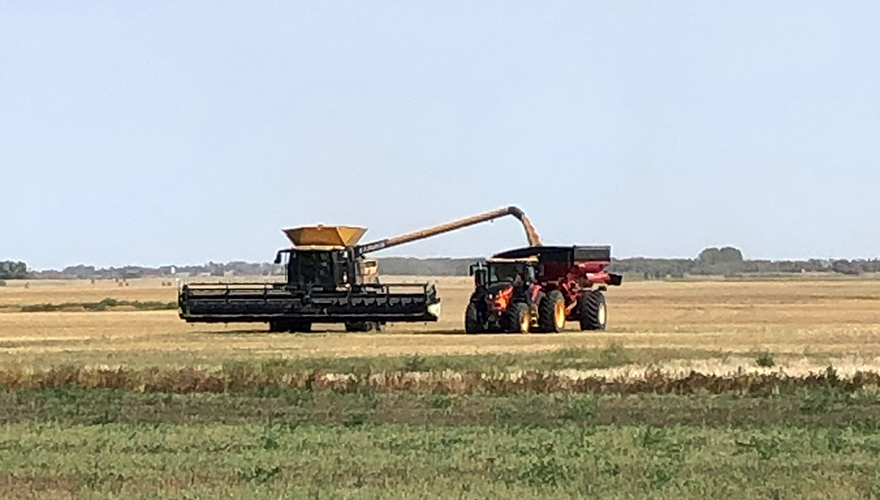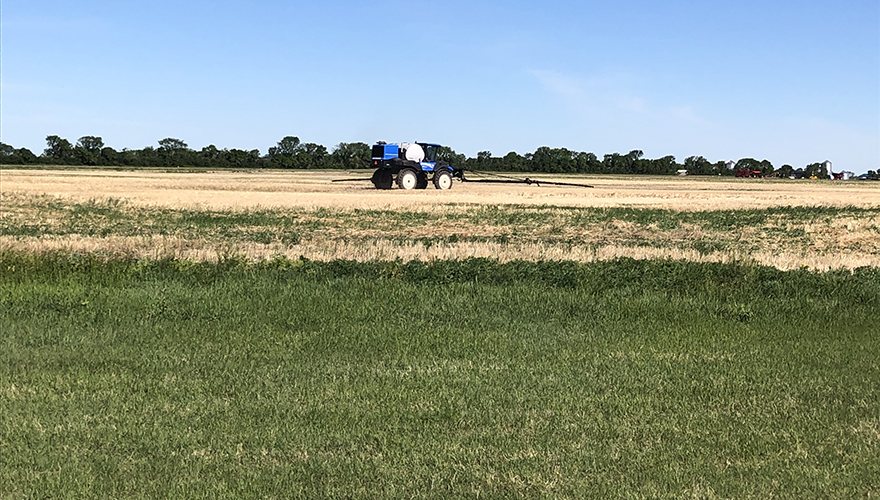Posted January 05, 2017
Fusarium Guidelines Cereal Seed
THE ISSUE
F. graminearium is an aggressive pathogen for the development of FHB (Fusarium Head Blight). Kernels with F. graminearium produce the highest concentrations of mycotoxin deoxynivalenol (DON). The tolerance for DON in malt barley is zero and as low as 1 ppm for feed grains. A cool and wet growing season across much of the Prairies in 2016 was ideal for fungal pathogen infection. Combined with a wet harvest, the seed industry and growers are detecting higher levels of infection with total fusarium spp., as well as F. graminearum, across all cereal crops this year compared to other years. F. graminearum is presenting on 2016 cereal crops at levels that can impact the ability for seed to be used for planting next year.
MANAGING THE RISK
It is a recommended practice to submit seed samples for F. graminearum testing to understand if it is viable for planting. Always send a new sample as fungal spores die at room temperature. Lab results commonly have a 2% variance on F. graminearum results. Growers should follow these practical guidelines when determining whether or not to use farm-saved seed.
PROVEN BY EXPERTS
“We are definitely seeing higher levels of infection with total fusarium across all cereal crops compared to other years. The level of F. graminearum in seed impacts the viability of using that seed for planting. Nutrien Ag Solutions does not recommend using seed if F. graminearum exceeds 5%. If F. graminearum is present but at less than 5% or if total Fusarium spp. exceeds 10%, the use of a registered seed treatment is recommended." – Coreen Franke, R&D Pathology Manager
THE PROVEN SOLUTION
Quality seed sets growers up for success. Certified seed from Proven® Seed is tested by accredited labs and meets or surpasses industry standards and requirements. The quality of all seed lots are verified prior to the purchase of any lot and delivery to retail. Seed made available in Alberta will have a confirmed level of 0% F. graminearum. Seed for retail sales in Saskatchewan and Manitoba will have a confirmed F. graminearum level of 5% or less. With the increased presence of F. graminearum, best practices would support the use of a seed treatment registered for control of fusarium.
FEATURED LINKS
NEWSLETTER
Want to stay caught up in all things agriculture? Sign up for the newsletter and get all the latest news straight to your inbox.
Certified Seed Investing Bottom Line
Posted January 11, 2017





